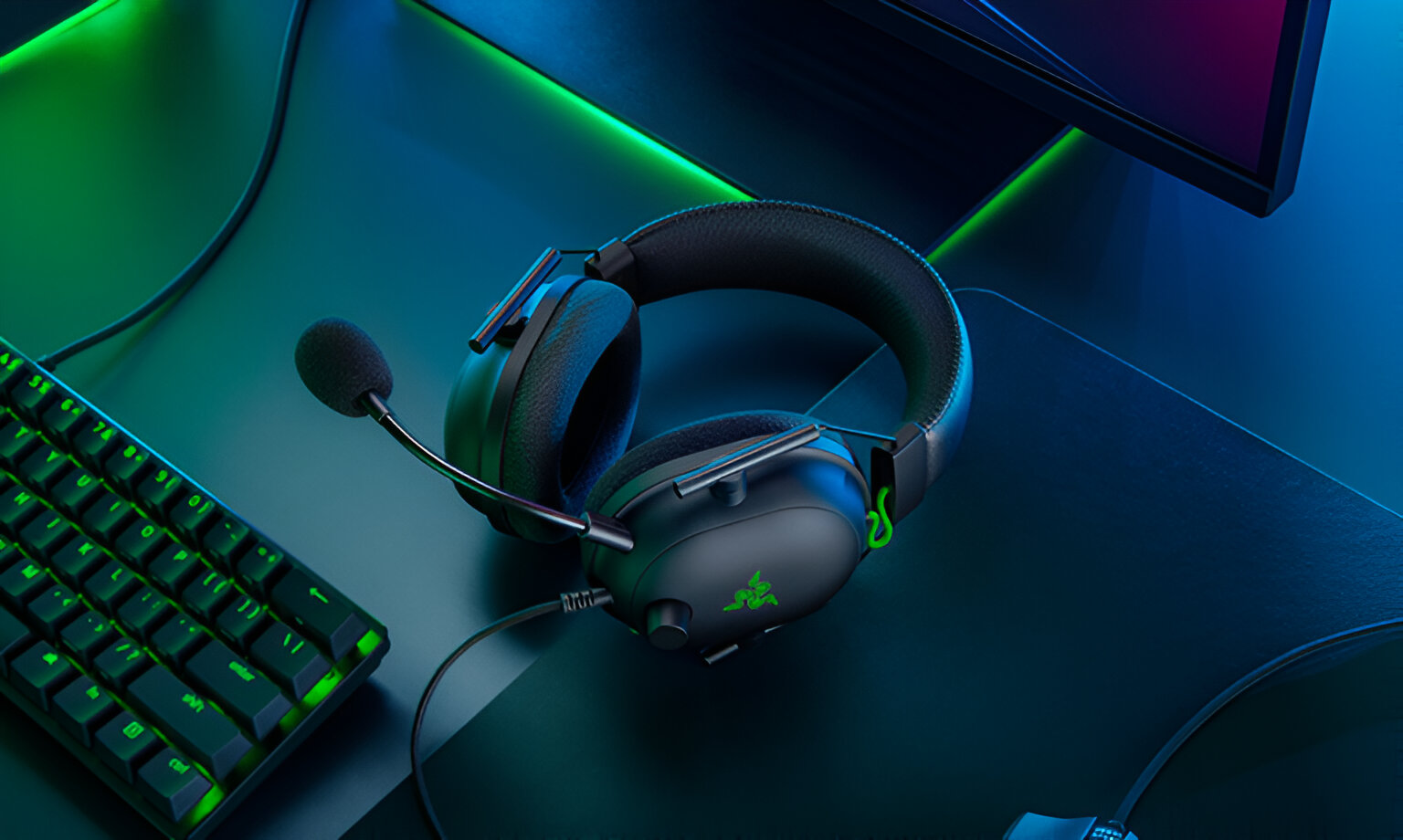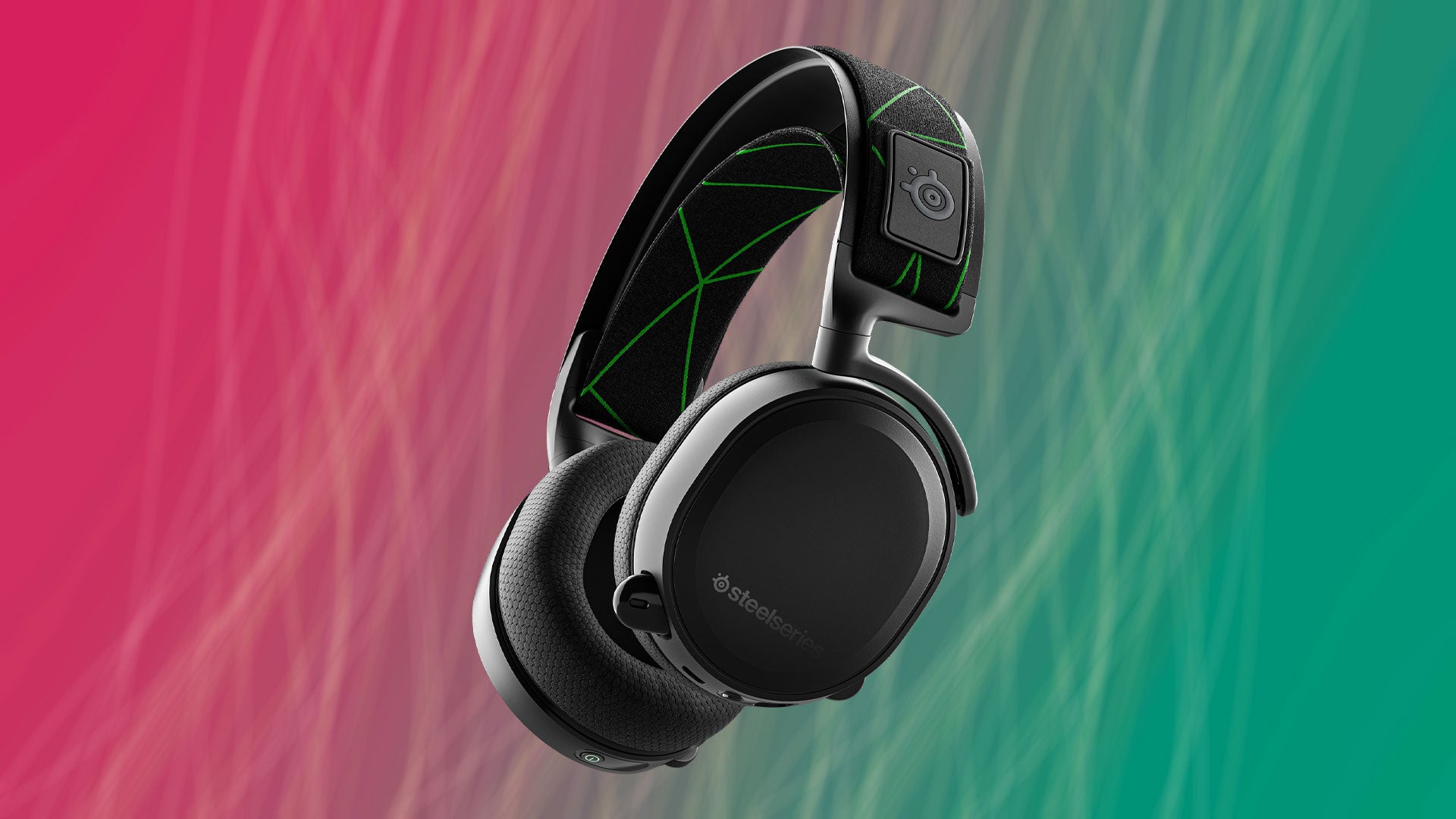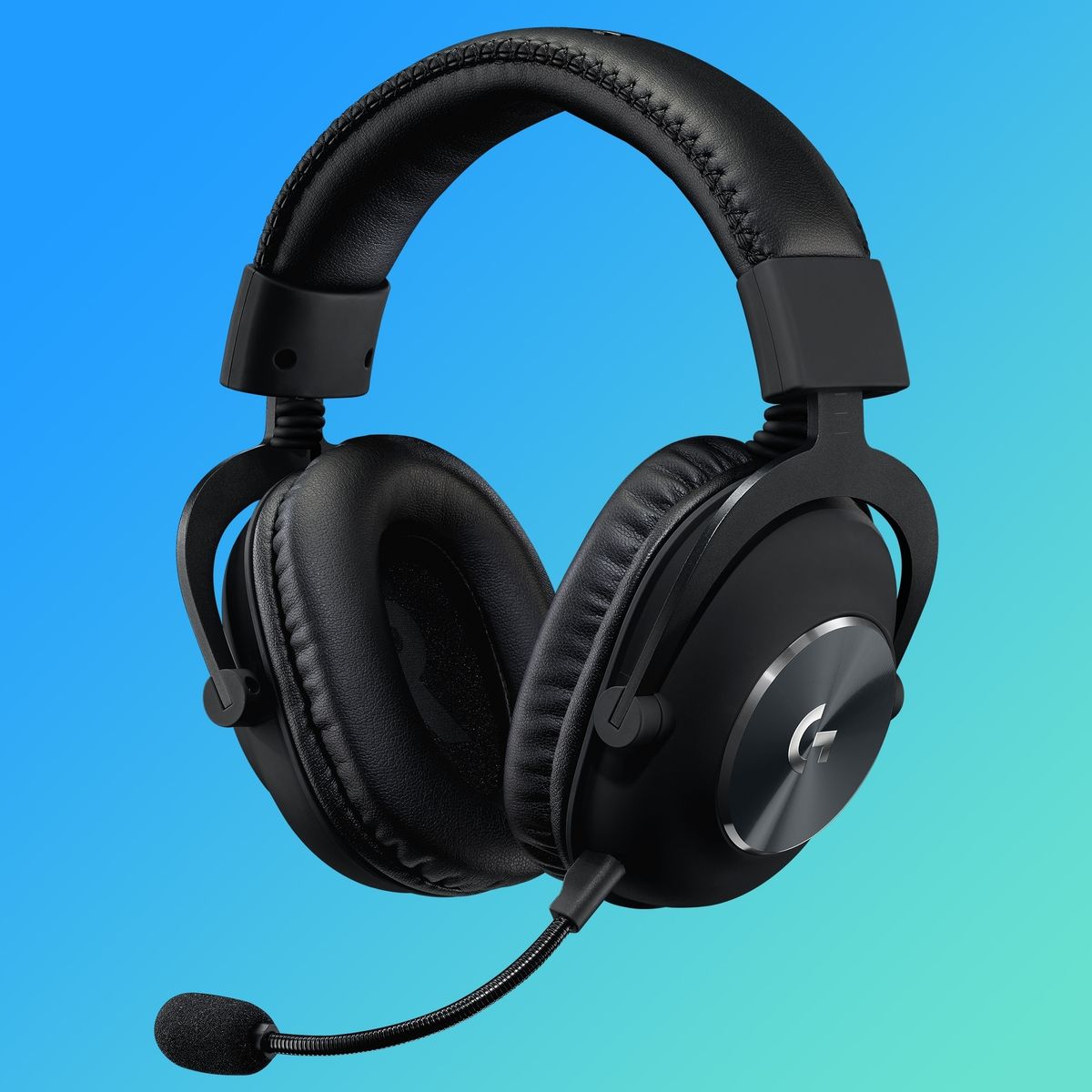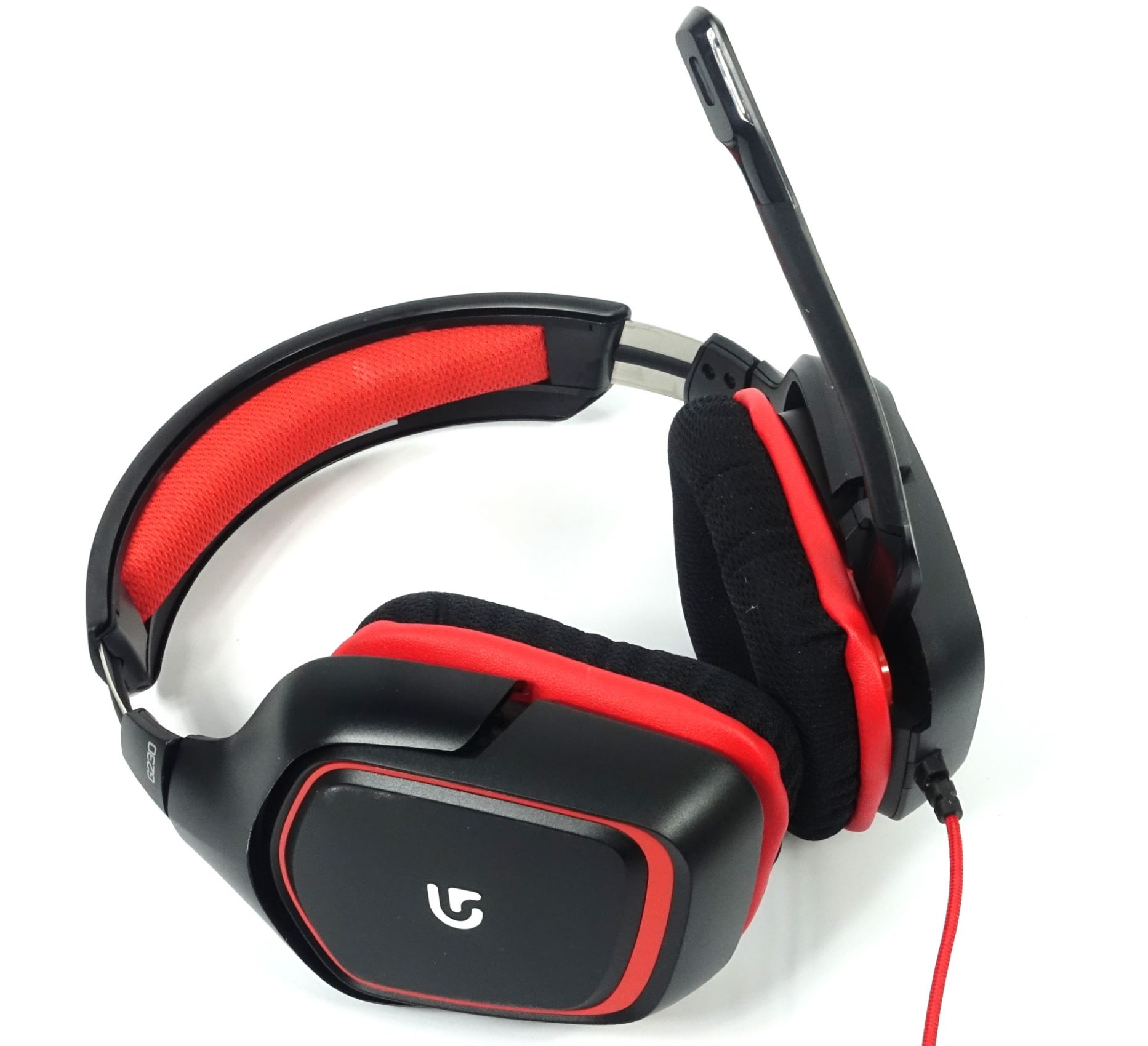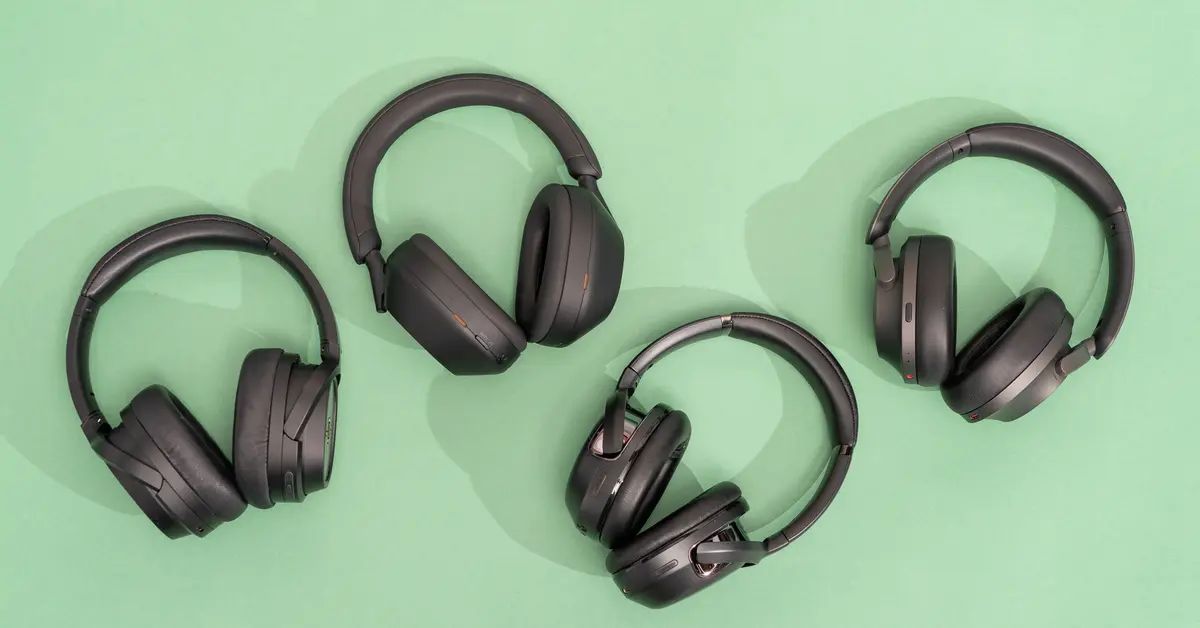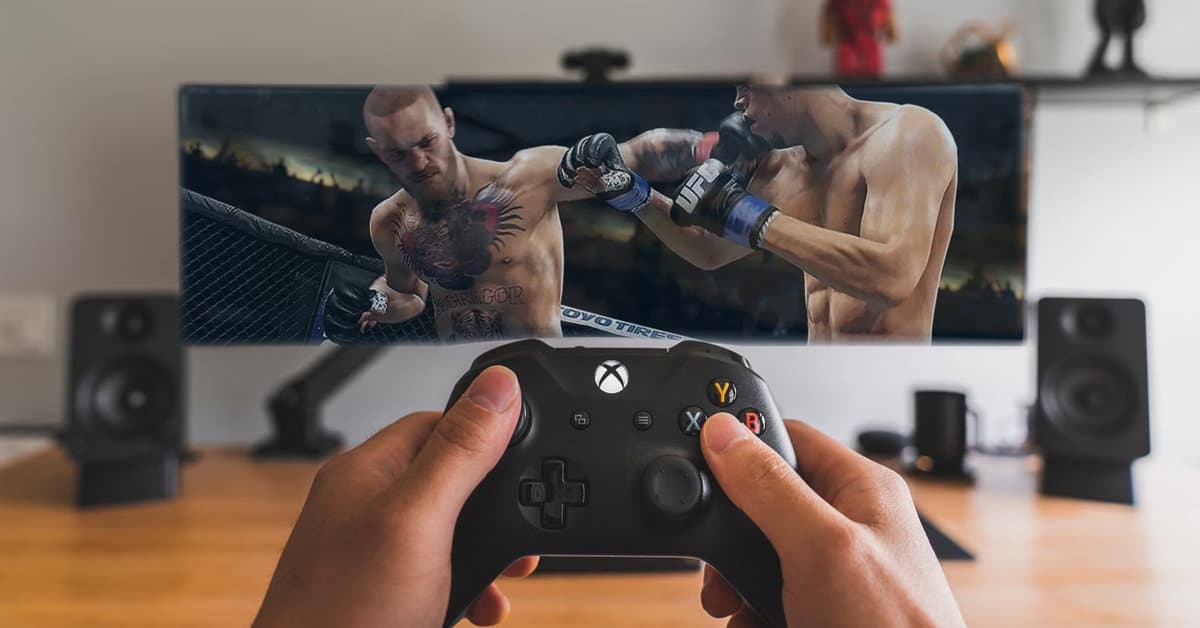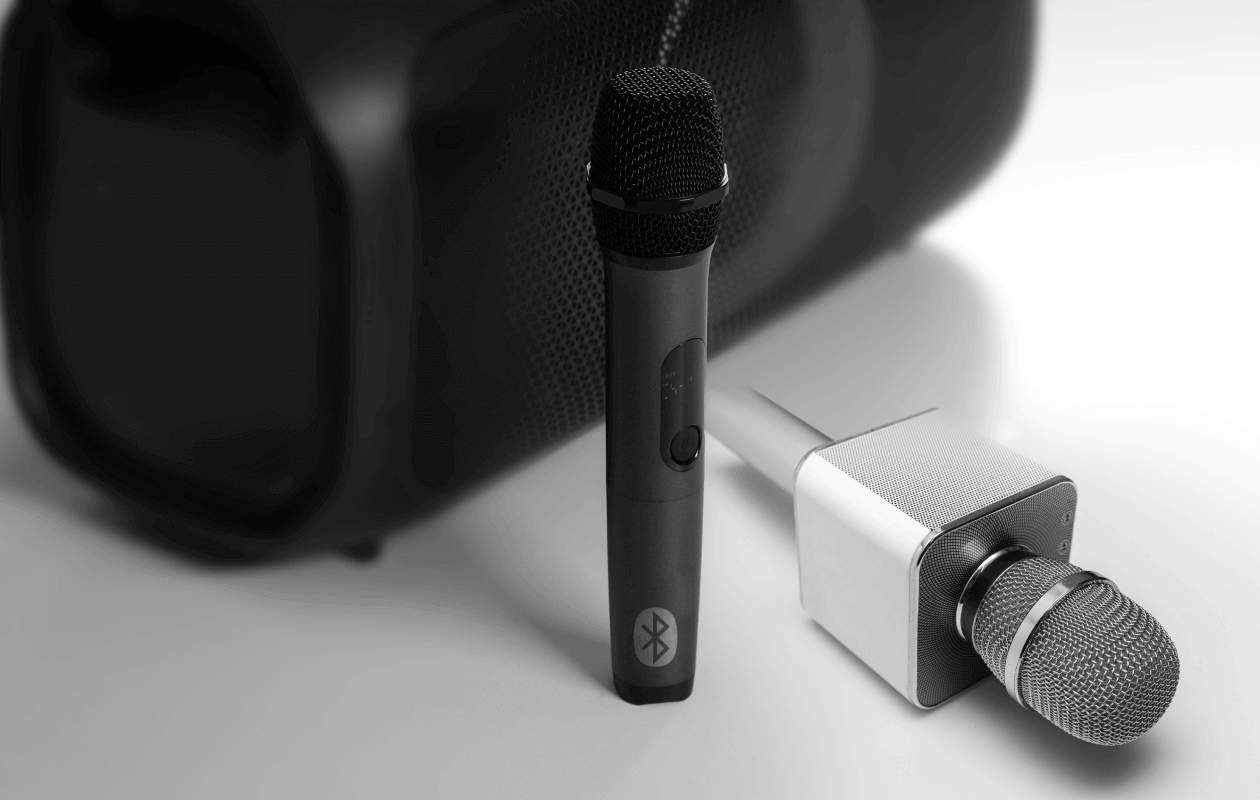Introduction
If you've ever unboxed a new gaming headset and found yourself puzzled by the presence of not one, but two headphone jacks, you're not alone. The seemingly redundant setup may leave you scratching your head, wondering why a single jack isn't sufficient for your gaming audio needs. In this guide, we'll delve into the reasons behind the dual-jack design of gaming headsets and unravel the functionality it offers. By understanding the purpose of these dual jacks, you'll gain insight into the enhanced audio experience they provide, ultimately elevating your gaming immersion.
The presence of two headphone jacks on your gaming headset is not an arbitrary design choice; rather, it serves a specific purpose that directly impacts your audio experience. To comprehend the rationale behind this configuration, we'll explore the nuances of stereo versus surround sound, the intricacies of audio input and output, and the compatibility of gaming headsets with various devices. Additionally, we'll uncover the additional features and functionalities that the dual-jack setup enables, shedding light on the comprehensive audio capabilities it offers to gamers.
Stay tuned as we embark on a journey to demystify the dual-jack phenomenon, equipping you with the knowledge to optimize your gaming audio setup and immerse yourself in a captivating auditory adventure.
Stereo vs. Surround Sound
Understanding the distinction between stereo and surround sound is pivotal in comprehending the necessity of dual headphone jacks in gaming headsets. Stereo sound, commonly associated with traditional audio setups, utilizes two channels to deliver sound to the listener. This classic configuration enables the perception of left and right audio channels, creating a sense of depth and directionality in the audio experience. On the other hand, surround sound transcends the limitations of stereo by incorporating multiple channels to envelop the listener in a 360-degree auditory environment. By leveraging additional audio channels, surround sound engulfs the user in a more immersive and spatially accurate audio landscape, heightening the realism and intensity of the gaming experience.
When it comes to gaming, the allure of surround sound lies in its ability to replicate the environmental cues and positional audio crucial for spatial awareness in gameplay. This is particularly advantageous in competitive gaming scenarios where precise localization of in-game sounds can be the difference between victory and defeat. The dual-jack design of gaming headsets caters to this demand for enhanced audio fidelity by accommodating the separate audio channels required for surround sound reproduction. By utilizing two headphone jacks, the headset can effectively transmit distinct audio streams to each ear, facilitating the faithful recreation of multi-channel audio and delivering an immersive, true-to-life auditory experience to the gamer.
As gaming continues to embrace increasingly sophisticated audio technologies, the demand for immersive, spatially accurate soundscapes has surged. This shift has underscored the significance of dual headphone jacks in gaming headsets, as they enable the seamless integration of surround sound capabilities, empowering gamers with a heightened sense of audio immersion and a competitive edge in the virtual realm.
Audio Input and Output
When delving into the realm of gaming headsets with dual headphone jacks, it’s essential to grasp the dynamics of audio input and output. The presence of two headphone jacks enables distinct functionalities related to audio transmission, catering to both input and output requirements. One of the jacks serves as an output for audio playback, delivering the in-game sounds, music, and voice chat to the user, while the other jack functions as an input, capturing the user’s voice for communication with teammates and fellow gamers.
The output jack is pivotal in channeling the audio from the gaming device to the headset, ensuring that the user is immersed in the captivating soundscape of the game. This unidirectional flow of audio from the device to the headset is facilitated by the output jack, which plays a central role in delivering high-quality audio output to the user, enriching the gaming experience with crisp, immersive sound.
Conversely, the input jack serves as the gateway for the user’s voice to be transmitted from the headset to the gaming device, enabling seamless communication in multiplayer games and voice chat platforms. By incorporating a dedicated input jack, gaming headsets empower users to engage in clear, real-time communication, fostering teamwork and camaraderie in multiplayer gaming environments. This bidirectional audio functionality, facilitated by the dual-jack design, underscores the versatility and comprehensive audio capabilities of modern gaming headsets.
Moreover, the dual-jack setup accommodates the use of external audio sources, such as an additional microphone or audio equipment, further expanding the headset’s utility beyond gaming. This flexibility in audio input and output amplifies the headset’s functionality, catering to diverse user preferences and audio setups, making it a versatile audio companion for various multimedia experiences.
Compatibility with Different Devices
The dual-jack configuration of gaming headsets plays a crucial role in ensuring compatibility with a diverse array of gaming and audio devices. By featuring separate jacks for audio output and input, these headsets can seamlessly integrate with a wide range of devices, offering a versatile audio solution for various gaming platforms, consoles, and PCs.
One of the key advantages of the dual-jack design is its compatibility with devices that utilize separate audio input and output ports, such as older gaming consoles and certain PC configurations. By providing dedicated jacks for audio output and input, the headset can effortlessly connect to these devices, allowing gamers to experience high-quality audio and seamless communication without the need for additional adapters or complex setup procedures.
Furthermore, the dual-jack setup caters to the needs of gamers who prefer to use their gaming headset across multiple platforms, such as gaming consoles, PCs, and mobile devices. The separate jacks enable straightforward connectivity, empowering users to effortlessly switch between devices without encountering compatibility issues or audio setup complications. This versatility is especially valuable for gamers who seek a unified audio solution that seamlessly transitions across their gaming ecosystem, ensuring consistent audio quality and communication capabilities across different platforms.
Additionally, the dual-jack design aligns with the evolving landscape of audio connectivity standards, accommodating devices that feature distinct audio input and output ports for enhanced audio fidelity and communication. As audio technology continues to advance, the dual-jack configuration remains a reliable and adaptable solution, bridging the gap between legacy and modern audio interfaces, and future-proofing gaming headsets for seamless integration with upcoming devices and platforms.
Additional Features and Functionality
Beyond its fundamental audio input and output capabilities, the dual-jack setup in gaming headsets paves the way for a host of additional features and functionalities that enrich the overall gaming and multimedia experience. By leveraging the dual headphone jacks, gaming headsets can offer a range of advanced audio enhancements and versatile functionalities, elevating the user’s audio immersion and communication prowess.
One notable advantage of the dual-jack design is the support for advanced audio processing technologies, such as virtual surround sound and personalized audio profiles. These technologies leverage the separate audio channels provided by the dual jacks to deliver spatially accurate and customized audio experiences, heightening the sense of immersion and audio precision for gamers. The dual-jack setup serves as the conduit for these sophisticated audio processing capabilities, enabling users to tailor their audio settings and embrace a more personalized and captivating auditory journey.
Moreover, the dual-jack configuration facilitates the integration of external audio accessories, expanding the headset’s functionality beyond gaming. Users can seamlessly connect additional audio peripherals, such as external microphones, audio mixers, or sound processors, leveraging the separate input and output jacks to create a personalized audio setup that aligns with their specific needs and preferences. This versatility empowers users to explore diverse audio configurations and adapt their gaming headset to accommodate professional streaming, content creation, or audio production endeavors.
Furthermore, the dual-jack design aligns with the trend of modular and customizable gaming peripherals, enabling the seamless integration of detachable components, such as customizable microphone options or audio adapters. This modular approach enhances the adaptability and versatility of gaming headsets, allowing users to tailor their audio setup to suit evolving gaming and communication requirements, while also accommodating diverse usage scenarios beyond gaming.
By embracing the dual-jack configuration, gaming headsets transcend their role as mere audio output devices, evolving into versatile audio hubs that cater to the diverse needs and aspirations of modern gamers and multimedia enthusiasts. The dual-jack setup serves as the cornerstone for a myriad of advanced features and functionalities, empowering users to craft a personalized audio experience that aligns with their unique preferences and audio aspirations.







